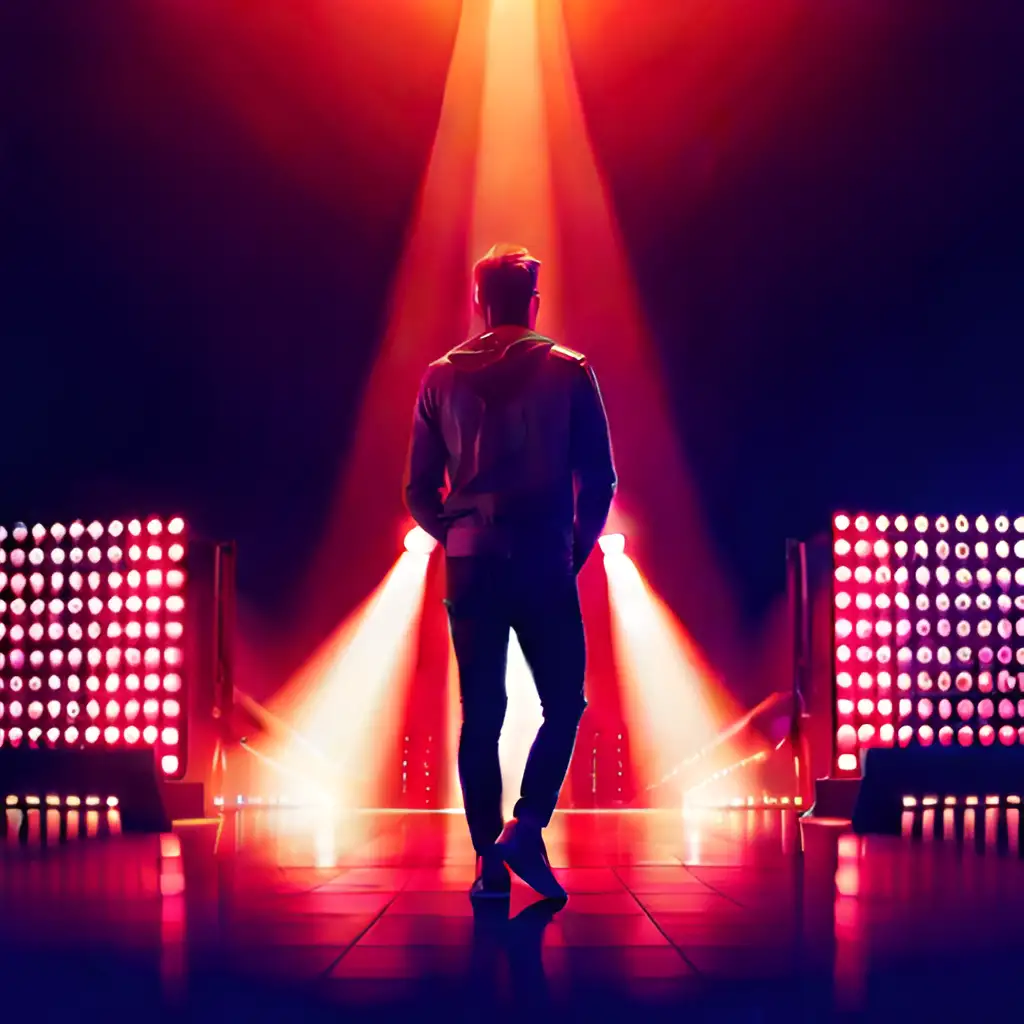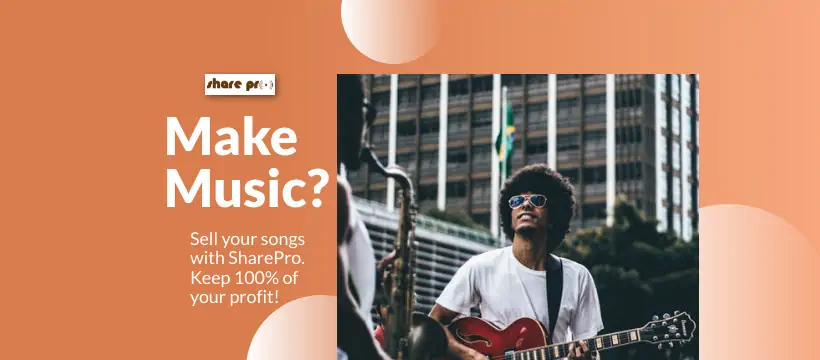What’s The Key For a Great Music Live Performance?
Let's explore live performances and a musician's preparation mindset.
With music becoming more and more evolved and popular, the rise of many new musicians and with the evolution of technology, live performances become much more accessible around the world, either with world tours, or with live streaming. With that being said, nothing beats watching a live music performance, or a concert. It’s an experience everyone must try once at least in their lives.
However, to really enjoy a live performance and get that ‘once in a lifetime’ experience, it is the musician’s mission, as well as his team’s, to set the ambiance for such an important event. There are many factors that play into making a great live performance, a lot of which involve the actual musician, while others involve the rest of the team, or even the audience itself.
In this article, we’ll explore these factors, and try to enter the mind of a musician as they prepare for a live performance.
The Musician’s Role
The musician is first and foremost the most important factor in making a great, even an excellent live music performance. Even in the absence of a light show, of a big screen in the background, or a large stage, when you have a musician who’s able to create a show out of nothing but himself, that’s when you can tell you’re in for a ride of a music show.
Whether be it in the voice of the musician, their energy, their music, or just their interactions with the audience, the musician holds the biggest responsibility in a live music performance: The responsibility to make the audience feel as if that live performance is one they’ll certainly never forget.
That’s actually the reason why Rock live performances gather the biggest audiences, and deliver the best quality of live music. Seeing a Rock guitarist shred a full guitar solo, live and on stage, in the flesh, cannot be a forgettable experience. The Jimi Hendrix Experience at the Monterey Pop Festival in 1967 proves exactly how influential and amazing a Rock performance can get, keeping its title as one of, if not the most memorable live performances in history, gathering more than 90,000 people.
In modern music, however, live performances get even better as light plays a big part in the experience, and as modern artists are very energetic, and love to move around the stage. Taking the example of one of the best Rap performances, Kanye West at the 2015 BRIT awards, which was elevated to this high of a level purely thanks to Kanye’s delivery and energy.
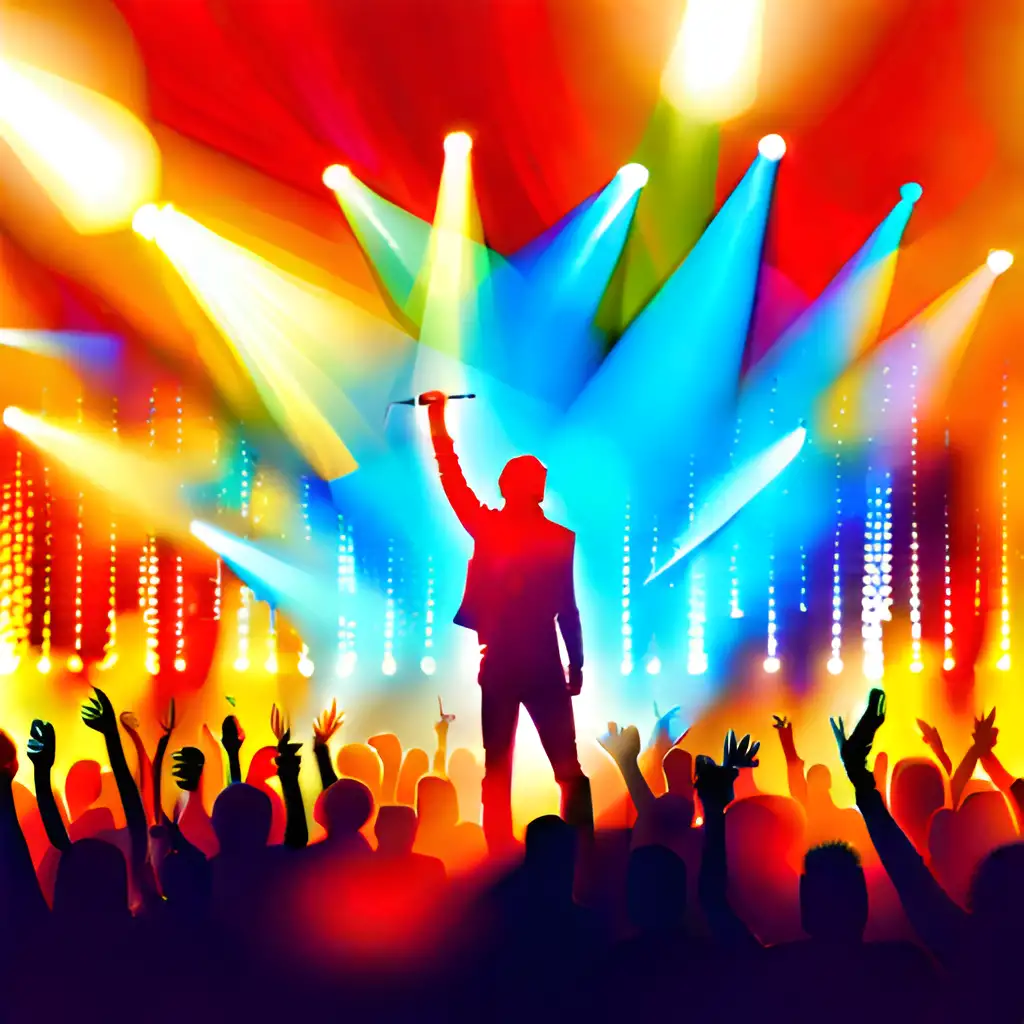
The Team’s Role
As important as it is for the musician to do their best on a performance, the performance team plays a big role in helping the main star elevate the show. That’s where for example choreography shines the most. Kendrick Lamar’s performance at the 2018 GRAMMYS became one of the most memorable performances in modern music history, thanks to the coordination between Kendrick and the choreographed team, as well as the energy both of them conveyed in a matter of minutes.
This is also where equipment teams are highlighted. It’s undoubtable that lights, sound effects as well as quality affects a live show in a largely remarkable manner. Keeping in mind that an artist can ‘carry’ a performance alone, we cannot deny the difference lighting effects and sound quality makes in a live music performance.
Audience Interaction
It’s logical for a live music performance to involve the audience. The more the audience feels included in the music, the energy and the atmosphere, the more taken in they’ll be, and the better the show will get. That’s why it’s also the musician’s role to try to interact with the audience. A performing musician is an entertainer more than he’s an artist. This interaction doesn’t have to be direct, but the key to a perfect live performance is reminding the audience that they’re getting an exclusive, or a unique experience, by letting them know they’re there, and by letting them know the musician’s there with them.
In reciprocation, it’s also expected of an audience to show respect towards the artist, the art, the stage, and the rest of the team. The Weeknd and Ariana Grande’s “Save Your Tears” Performance in the 2021 iHeart Radio Music Awards sets a standard to follow. The artists are aware that the audience is there, letting them sing big parts of the song like the chorus, and in return the audience doesn’t disrupt the performance of the song, singing when they should and otherwise showing extreme attraction to the performance. The opposite of this example could easily be DJ Khaled’s performance in 2021 at the “TikTok vs. YouTube” fight event where he sung “All I do is Win”, expecting the crowd to finish the song, only to be met with deep silence.
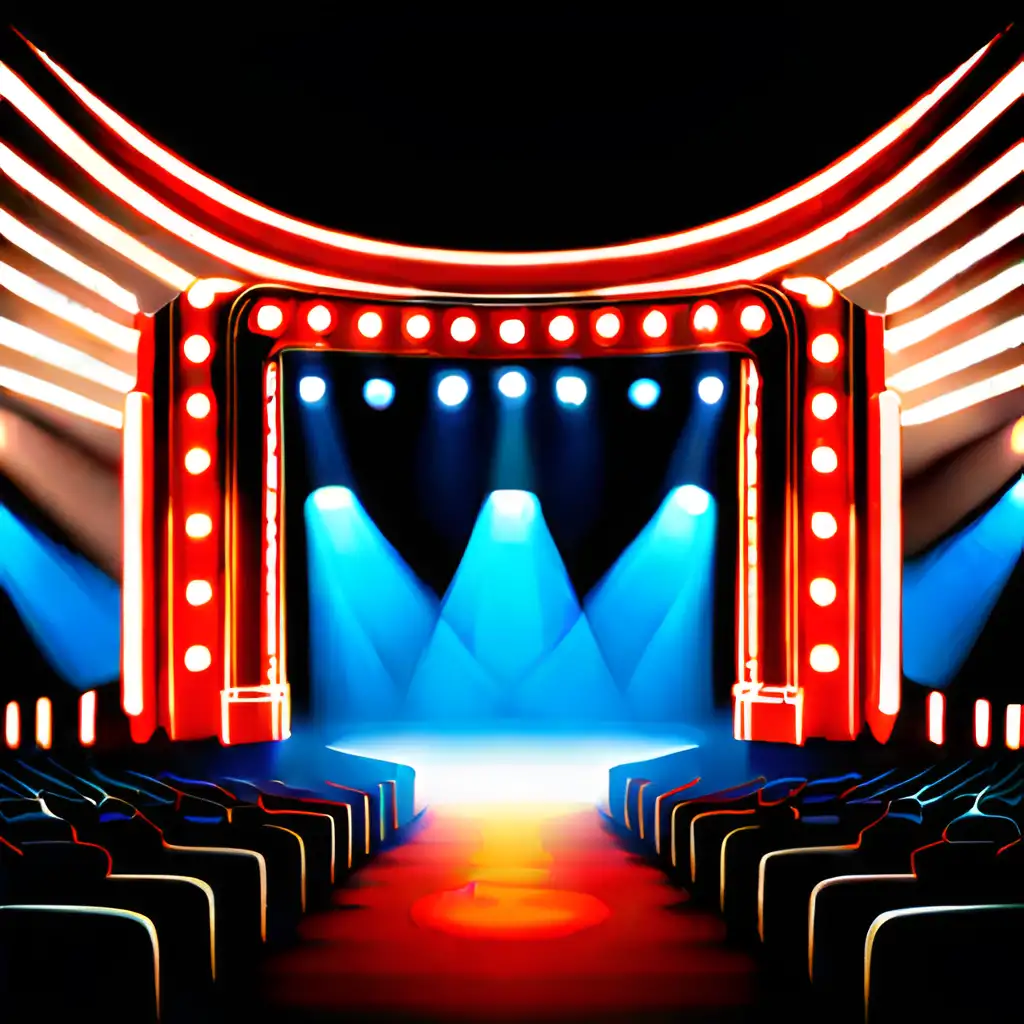
The Preparation Phase
A live performance is a big event, whether be it a simple song, an album release, or a full show. Keeping that in mind, it takes a lot of effort, time and consideration in order to prepare for events like these.
On one hand, the dance team (if there’s any) should train for the choreography, and improve their coordination. The equipment team should also take the necessary steps to ensure good lighting, perfect sound quality, and of course, a stable stage. Decorations are a very important part of the performance as well.
More importantly, aside from the artist, security preparations are possibly the most vital preparation for a live performance. With bad security measures, or no preparation for bad situations, like bad accident prevention or insufficient damage control, the live performance might turn out unforgettable for the wrong reasons. Taking the example of the tragic events of 2021 where 9 people died in a Travis Scott concert and more were injured, mostly because of poor anticipation of available space, as well as very bad damage control.
On the other hand, the artist should prepare well for a live performance. To do that, the musician should train their confidence and energy in front of a crowd before training their voice. The large public usually agrees that the audience forgives a mistake in singing, but not a non-energetic and non-appealing performance. Having the courage to walk up to the performance stage, do a few cheers to hype up the crowd, then proceeding to keep that same energy throughout the show is bound to get things going smoothly. In some cases, artists also sometimes prepare for lip-syncing, although, in my opinion, lip-syncing in a live performance doesn’t give the audience what they’re being promised.
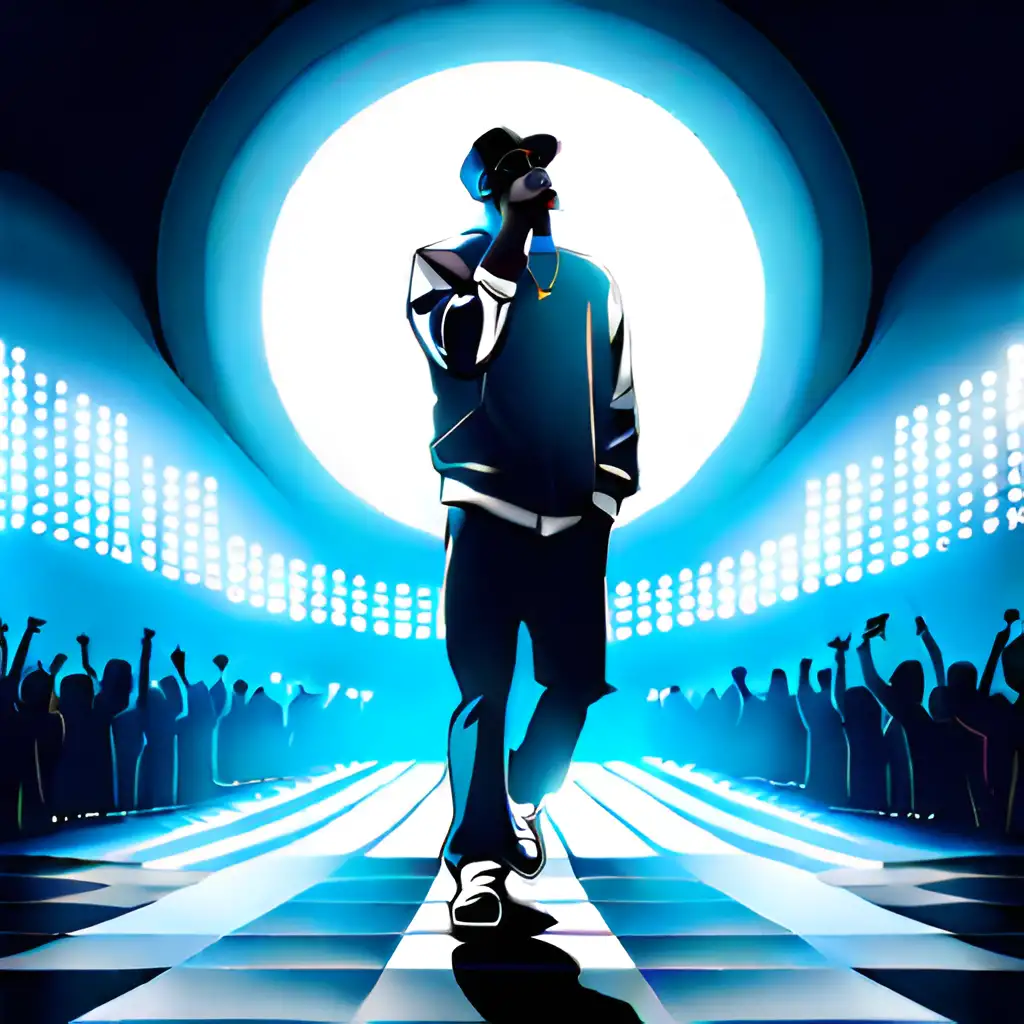
Conclusion
It’s very easy to spot flaws in live performances. However, after exploring the topic more thoroughly, and trying to resonate with performers, it becomes clear it’s our responsibility as listeners, and members of the audience, to understand the amount of effort and time it needs, as well as the stress it can put on the artist.
In return, the artists have to keep the factors that play into making it a memorable experience in check, and deliver a very well-executed performance while guaranteeing the safety of the audience.
I believe live performances can be either the best experience in a fan’s life, or the most underwhelming ones, that’s why it’s very important for everything to be thoughtfully planned.
Sources:
- https://www.theguardian.com/music/2020/aug/03/jimi-hendrix-monterey-pop-1967-a-live-performance-never-bettered (Jimi Hendrix Experience 1967)
- https://dmy.co/10-best/the-10-best-live-rap-performances-according-to-jd-cliffe (Kanye West 2015-Kendrick Lamar 2018)
- https://www.youtube.com/watch?v=s37x2VSZrLw (Weeknd and Ariana Grande Performance at iHeart 2021)
- https://www.hiphoplately.com/dj-khaled-is-shocked-dismayed-when-audience-doesnt-know-his-song/ (DJ Khaled)
- https://www.youtube.com/watch?v=1Dkqj0nWFks (DJ Khaled silent crowd)
- https://www.usmagazine.com/celebrity-news/pictures/travis-scotts-astroworld-mass-casualty-incident-what-to-know/ (Travis Scott incident)
Blog Article Tags
live performance world tours stage how-to tips audience indieMore Articles
Trying to Make Music but Feeling REALLY Awful? You’re Not Alone - We discuss reasons why some people find it hard to make music & how to overcome it.
Helpful Tips To Hire A Music Video Director - Looking to hire a Music Video Director? Our helpful tips should improve your chances.
Why Facebook Groups Are Great for Music Promotion - Your music promotion should include Facebook groups and here's good reasons why.
How to Book Gigs as a Singer - If you're trying to book gigs you need to learn some strats to stand out from the crowd.
Struggling to Book Shows? Here Are 5 Quick Tips that Work! - If you've been struggling to book gigs we show you how to find real success.

